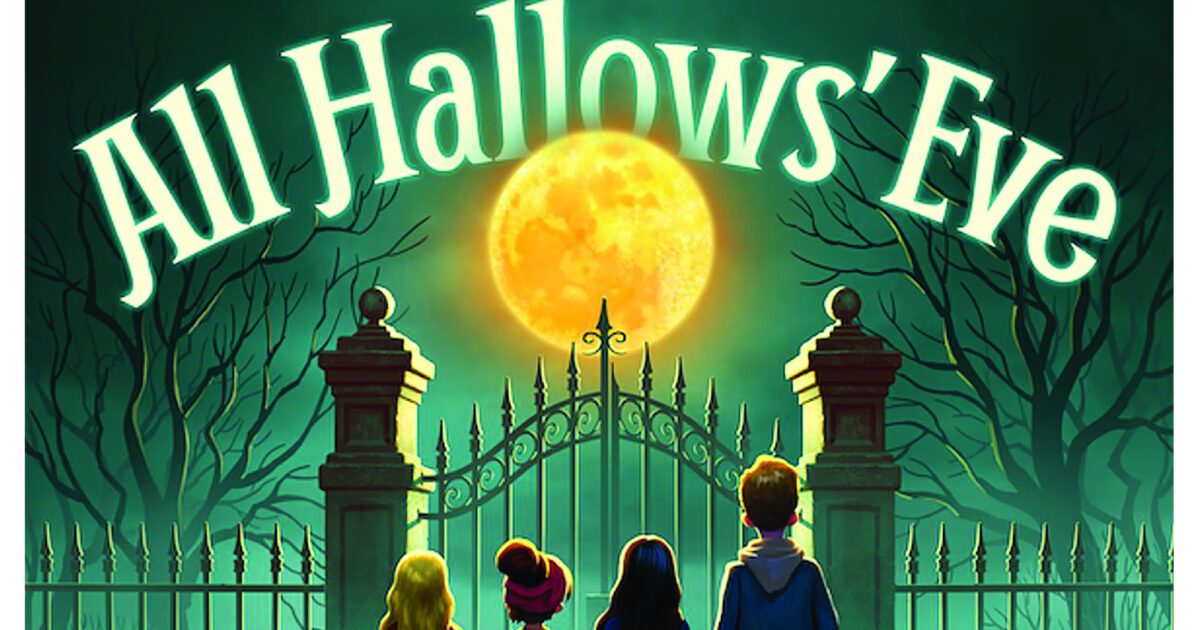“All Hallows’ Eve” by Anthony DeStefano
Sophia Institute Press (2025)
48 pages, $14.99
Much has been written about keeping Christ in Christmas but Catholic children’s author Anthony DeStefano’s new book is helping to keep the Hallow – or “holy” – in Halloween.
With the fun of spooky season – such as decorations (I currently have six inflatables in my front lawn and am scheduled to attend at least two trunk-or-treats) – it’s easy to forget the Catholic origins of Halloween.
DeStefano addresses this in his introductory note to parents – filled with scary dad jokes such as “Tomb it may concern.” He identifies Halloween by another name, All Hallow’s Eve, the first of the three days that make up All Hallow’s Tide, along with All Saints Day, Nov. 1, and All Souls Day, Nov. 2.
Like some of his previous books, DeStefano’s use of the AABB rhyme scheme maintains the rhythm and pace of the story, allowing for 48 pages to go much quicker.
Using a fictional childhood version of his sister-in-law Shi as the narrator, DeStefano tells the story of four friends wandering into a cemetery on Halloween to tell scary stories. The foursome is interrupted by an older woman who chastises them for mocking the dead as she sweeps their graves and prays: “To talk such nonsense isn’t right / That’s not the purpose of this night.”
By sharing a story within a story, the woman addresses the need for many to be purified in purgatory before continuing to heaven, explaining that “Their spirits must be quarantined / While they’re swept and washed and cleaned.” This lesson then inspires the children to carry out the corporal and spiritual works of mercy of burying and praying for the dead.
A note about illustrator Erwin Madrid’s art: His use of expressions on the character’s faces allow the reader to identify more with them. His use of dark colors through most of the story allows for the spooky vibe of the story, especially in his use of shadows.
Contrasted with flashbacks that are colored bright pink, Madrid uses color theory to highlight the difference between blissful ignorance and the reality of mortality. However, with heaven being the ultimate goal, he brightens up the book toward the end.
This new take reintroduces an old tradition to children of this generation. The Catholic view of life after death and purgatory is certainly unique, particularly in the Bible Belt, and it’s not a topic that really gets a lot of attention. DeStefano’s book invites children to learn more about this and to ask questions, allowing for a catechetical opportunity for parents.
Without giving away any spoilers, I should give a warning about this “boo-k,” as DeStefano writes. If you have children who scare easily, it may not be the best story to read right before bedtime. Ask me how I know.
